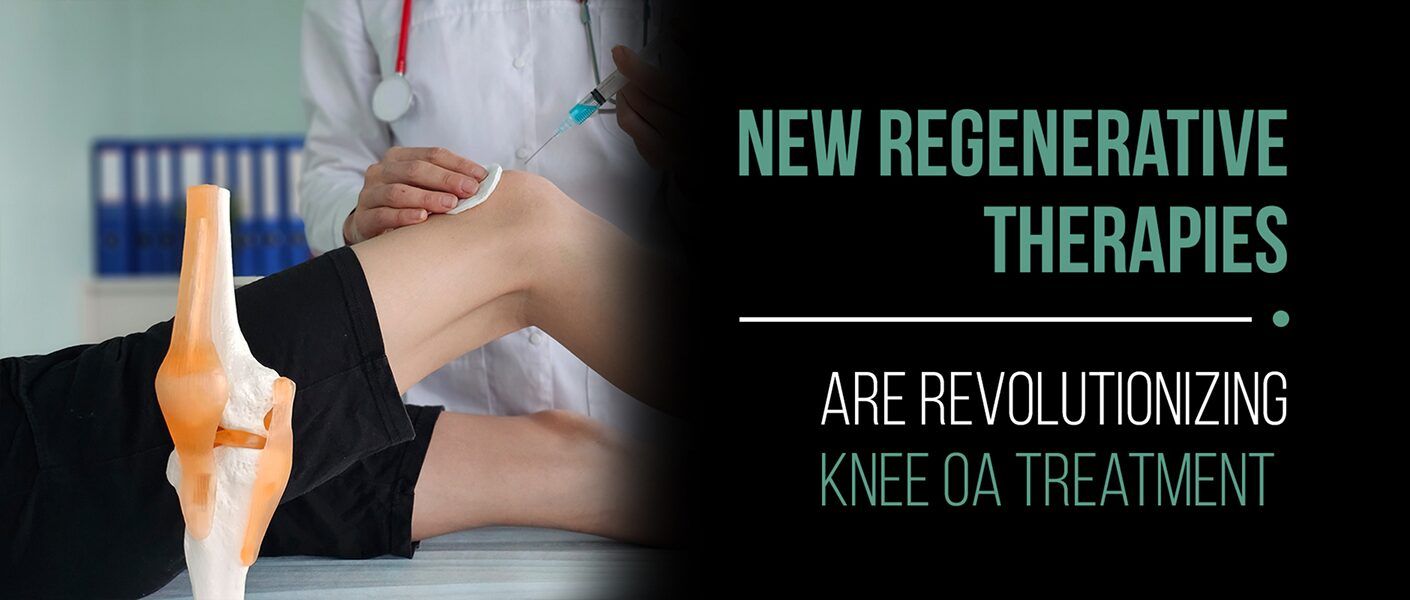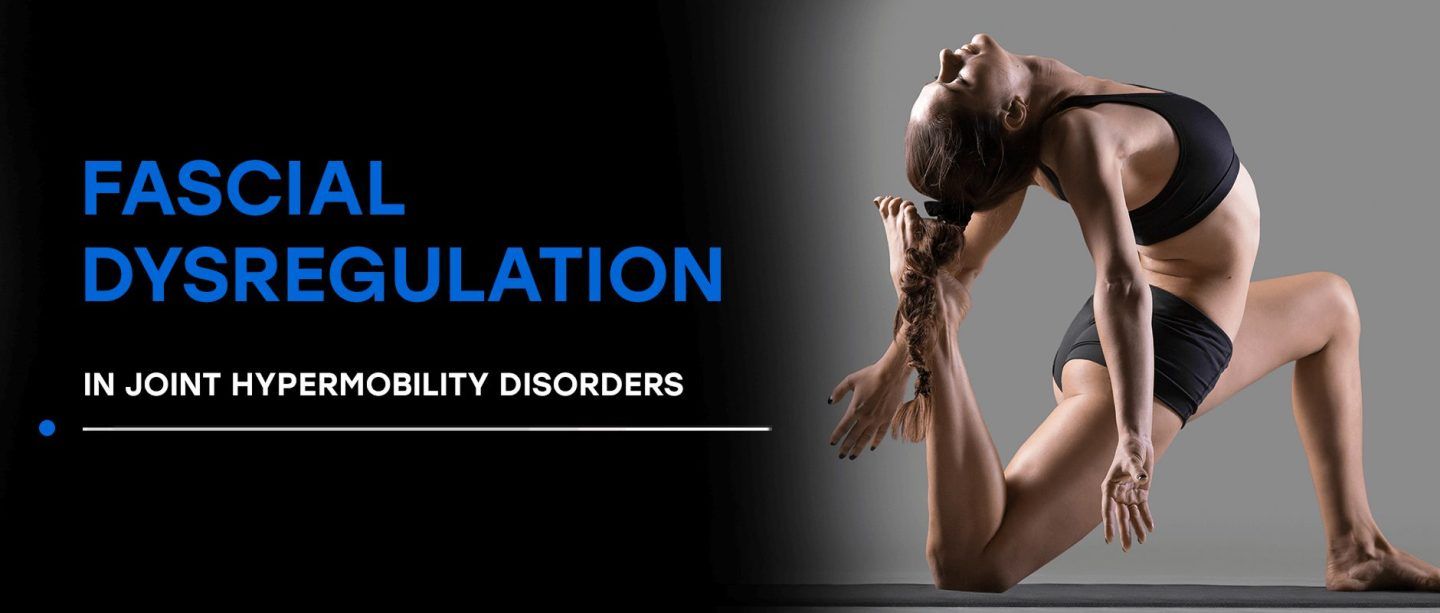New York Dynamic Neuromuscular Rehabilitation & Physical Therapy

Knee osteoarthritis (OA) is a painful and debilitating condition where the protective cartilage that cushions the ends of the bones in the knee joint gradually breaks down and wears away. In its advanced stages, the bones begin to rub against one another, causing pain, stiffness and reduced mobility. According to one comprehensive analysis, knee OA […]
Read MoreBefore the upsurge in technology use, CTS was mostly seen in physical laborers in manufacturing, construction and other jobs that require repetitive motion. It was once known as milkmaid disease, because it often developed in women who milked cows by hand. Today, it is most prevalent in people who use computers on a regular daily […]
Read More
Your ability to perform physical tasks and activities depends on a biomechanical lever system, where muscle pulls against bone at the joints to generate rotational torque that produces movement. The architecture of a particular joint dictates its range of motion, supported by tough inelastic ligaments that attach bone to bone, and by biotensegrity – a […]
Read More
Hypermobility spectrum disorders (HSDs) include a range of complex multisystem connective tissue disorders that affect joint stability. People with hypermobile joints are prone to pain, loss of balance, and increased risk of injury. Ligament laxity is often blamed for joint hypermobility, but new research is shining the spotlight on fascia’s role in joint instability.
Read MoreResearch authored or co-authored by the clinic’s medical director. The following research publications inform the clinical approach used in this treatment program.